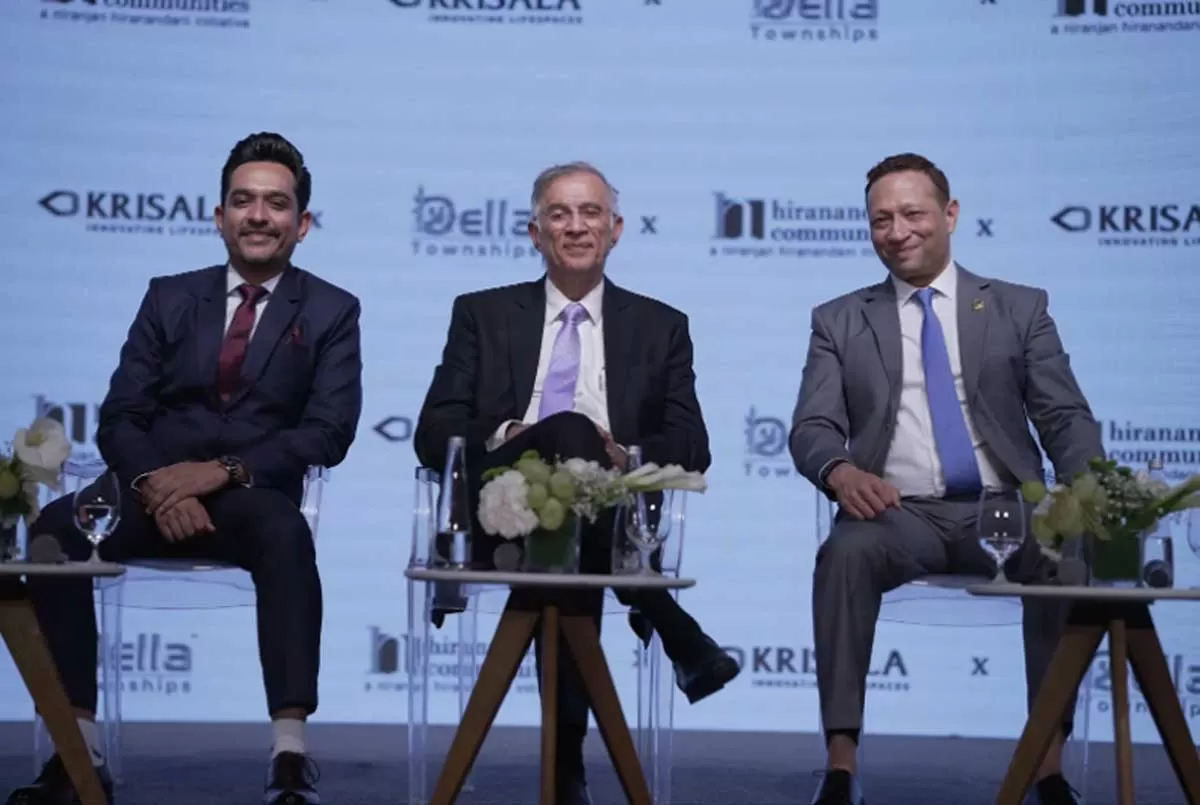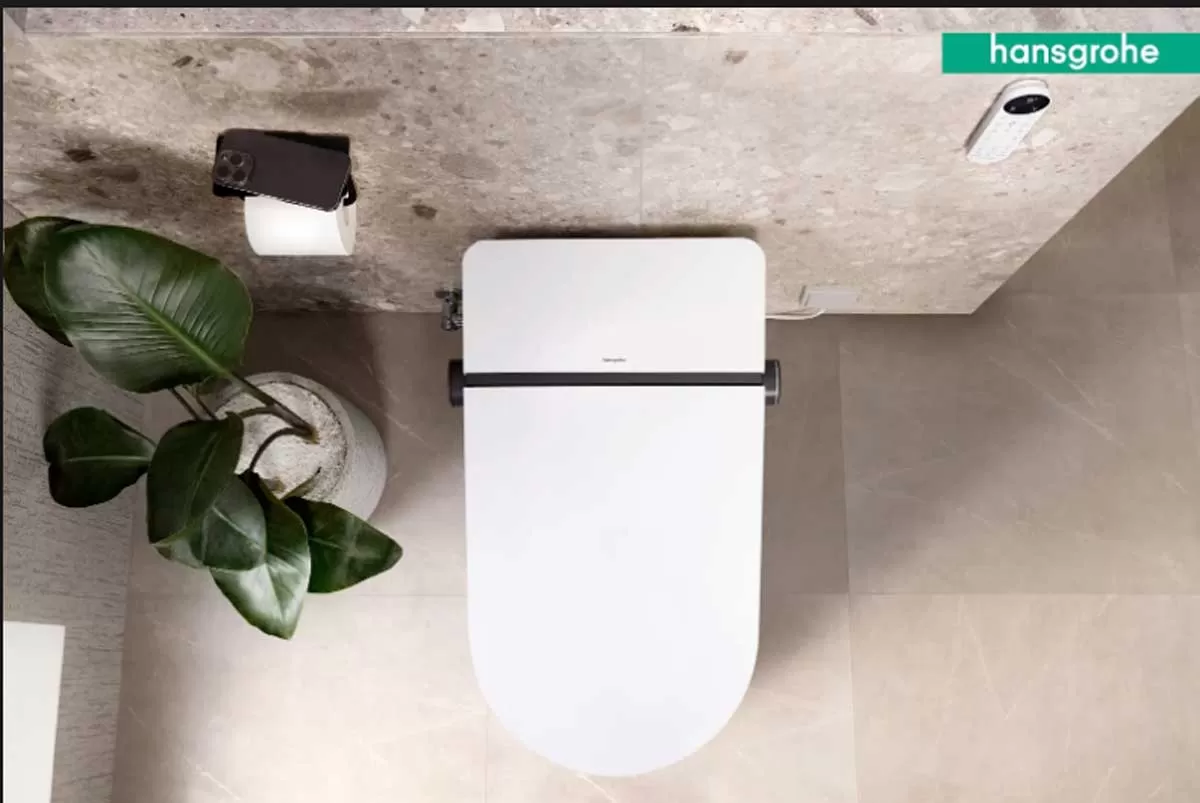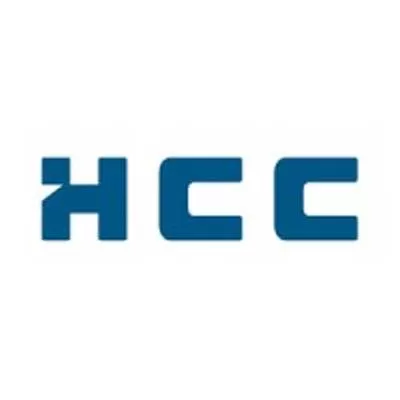To broaden accessibility to investment options for infrastructure projects, there is a need to revisit the investment guidelines of institutional investors and relax the restrictions imposed.
CW offers some practical remedies for financing projects.
Project finance is intrinsic to infrastructure building when funds dry up, development comes to a grinding halt. Right now, with banks refraining from financing the sector, the big question is: Where will the money come from?
Current scenario
According to data compiled by the Ministry of Finance during January to March 2014 for projects of Rs 250 crore and above, commercial banks received 108 new project proposals in sectors such as commercial real estate, power, roads, automobile, and oil and natural gas. The iron and steel sector tops the chart in terms of investment value but, number-wise, commercial real-estate projects are the highest. The total investment in these projects is over Rs 2.26 lakh crore. For all these projects, banks have so far sanctioned Rs 27,556 crore, of which only Rs 3,252 crore has been disbursed. Looking at the sanctioned amount and the disbursement, it suggests that commercial banks have undertaken a go-slow approach while funding projects (see table on new project applications with PSU banks).
There are many reasons for this. As Suresh Kumar, Director-Strategic Initiatives, Feedback Infrastructure, says,"The viability of a project is based on what assumption a contractor is projecting." To this, MV Tanksale, Chief Executive, Indian Banks' Association, adds,"Nationalised banks require permissions to be in place. Without the necessary permissions from the concerned authorities, how can banks be expected to fund big-ticket projects?"
Possible remedies
According to law firm Hemant Sahai Associates (HSA) Advocates, the Reserve Bank of India, Securities and Exchange Board of India and Insurance Regulatory and Development Authority (IRDA) can create a vibrant bond market. Further, some structure for partial credit enhancement could be considered. A case in point is Asian Development Bank's (ADB) Rs 758-crore consolidated fund with IIFCL under which ADB and domestic finance companies will provide partial guarantee on rupee-denominated bond issued by Indian companies to finance infrastructure projects. This will boost the credit rating of a typical infrastructure project from BBB- or A to AA (see graph on possible financing options).
There is also an urgent need for rationalisation of stamp duty across states by introducing a standard national rate with a maximum cap. Further, the Government could work at reducing or exempting stamp duty on debentures issued for infrastructure projects.
To finance urban infrastructure requirements, municipal bonds issued by urban local bodies (ULBs) may be explored. The municipal bond market needs to be developed by providing a robust regulatory framework and, possibly, tax-free status.
Emerging opportunities
Evidently, it is time to look for alternative finance options. According to Sunil Gupta, Independent Director, Punjab National Bank,"That can be done through a long-term debt market, wherein funds procured for the long term will be employed for long-term projects. Even pension funds can be a feasible option."
Experts believe that a possible route to fund projects is through infrastructure debt fund (IDF). This is mainly because the Government has reduced the tax for foreign investors on interest income from bond investment in IDF-NBFCs. At present, says Sadashiv Rao, Chief Risk Officer, IDFC,"There are over Rs 1 lakh crore assets operational under the public-private partnership (PPP) framework that could be refinanced inter alia the IDF route."
Thus, in years to come, India can expect more aid from Canadian and Australian pension funds. In fact, financial institutions like IDFC, which recently received banking licence, and IL&FS, are in advance talks to rope in these funds. In addition, these institutions are in talks with the World Bank, Asian Development Bank and International Finance Corporation to synchronise funds in India. Till now, through IDF, IL&FS has already raised Rs 750 crore and is slated to raise a similar amount in the coming months, whereas IDFC will raise Rs 500 crore.
According to the Ministry of Finance, insurance companies have an estimated Rs 1.7 lakh crore of cash to put to work, while pension funds have an addition Rs 1,777 crore. Banking experts feel the long-term savings mobilised in this country can be channelled into the infrastructure sector.
VG Kannan, Managing Director and CEO, SBI Capital Market, says,"If these long-term mobilisers of savings really do not invest in the infrastructure sector, it will be very difficult to meet the needs of the current economy that is dependent on the investment guidelines given by the regulator."
Towards bankable project funding
High interest rates have also taken a toll on developers (see box on interest rates charged by commercial banks)."Without the aid of banks and sensible interest rates, not a single EPC company can operate," affirms Gaurav Assomull, Co-Founder and Director, Intergen Energy.
Unviable projections by the Government have only worsened the scenario."This has led to aggressive bidding, higher premium offers (in case of roads) and opting for financial closure without right of way," says Virendra Mhaiskar, Chairman and Managing Director, IRB Infrastructure.
Now, when there is an urgent need of new alternatives to fund projects, the regulatory and government agencies must further amend concessions or agreements to address unforeseen situations in a time-bound and equitable manner, so that project funding remains bankable.
CASE STUDY 1
Project: The Trichy Tollway, Tamil Nadu
Cost: Rs 748 crore
Project brief: Four-laning of existing two-lane section on NH-45 (BOT)
Financed by: Macquarie SBI Infrastructure Investments and SBI Macquarie Infrastructure Trust
Challenge: Aligning the debt repayment with the risk profile of the project, the promoters decided to refinance the project debt and seek a longer debt tenor. This has helped the project to improve the credit rating and attract lower interest rate, thereby adding to the equity returns from the project. The consortium took an underwritten sanction of Rs500 from NHAI, which was accorded by Axis Bank and syndicated jointly by SBI Caps and Axis Bank. This is the first project where NHAI agreed to elongate the debt-due tenor to match the revised repayment tenor.
CASE STUDY 2
Project: Nangloi Water Supply Project
Cost: Rs653 crore
Financed by: SREI Infrastructure Finance (Rs245.90 crore)
Project brief: Rehabilitation and expansion of the water supply, transmission, and distribution network within a 129-sq-km.
Challenge: The prime criterion for any project is a healthy credit rating. But, it is difficult to receive credit rating for any municipal project in India. With strong JV and low key risk elements, this project received a healthy credit rating of 'BBB' from Brickwork Ratings. Also, In addition the investment grade rating showed æmoderate safety' and rating outlook was 'stable'.
CASE STUDY 3
Project: The Neemuch Solar Power
Cost: Rs1,100 crore Financed by: General Electric (GE) (Rs885 crore)
Project brief: One of the world's largest solar power projects (151 MW DC) Challenge: Its financial closing was the largest single deal in the renewable energy space in 2012. Despite a low risk project and strong valuation, the project was unable to obtain the required funds. But the project was chosen as the first investment by GE and completed in record time.


















